This article was co-authored by Laura Marusinec, MD. Dr. Marusinec is a board certified Pediatrician at the Children's Hospital of Wisconsin, where she is on the Clinical Practice Council. She received her M.D. from the Medical College of Wisconsin School of Medicine in 1995 and completed her residency at the Medical College of Wisconsin in Pediatrics in 1998. She is a member of the American Medical Writers Association and the Society for Pediatric Urgent Care.
There are 8 references cited in this article, which can be found at the bottom of the page.
This article has been viewed 117,010 times.
Ringworm, which is also called tinea, is a very contagious type of fungal infection that doesn’t involve actual worms. The classic ringworm presentation is a skin lesion with a red, scaly border and clear center, which is the source of the name ringworm.[1] If you have ringworm, it easy to treat, though it is important to do so as soon as possible to prevent further spreading of the infection. You can try treating mild cases of ringworm at home and may need medical treatment for persistent or severe forms of the infection.
Steps
Treating Ringworm at Home
-
1Apply an antifungal cream or lotion. If you have a mild case of ringworm, you can use an antifungal cream on the infection. This may help relieve symptoms and clear the ringworm.[2]
- Creams or lotions such as clotrimazole or terbinafine can help treat your ringworm.
- Apply the cream or lotion as indicated on the packaging or by your doctor. Usually you need to treat the area for 2-3 weeks.
- You can purchase antifungal creams at most pharmacies and some grocery stores or larger retailers.
-
2Slice garlic and bandage it onto the affected area. Garlic is a food that also has antifungal properties. Applying garlic slices to ringworm infected skin may help clear the infection.
- Peel a clove of garlic and slice into thin sections. Place the thin slices of garlic onto the affected area and cover with a bandage
- Wear the bandage and garlic slices overnight. Keep doing this until your ringworm clears.
Advertisement -
3Dab apple cider vinegar on ringworm infected skin area. Apple cider vinegar is another food with certain medical properties. Dabbing apple cider vinegar onto your ringworm for a few days may remove it from your skin.
- Moisten a cotton ball or pad with apple cider vinegar and dab it directly on to the affected area.
- Apply the apple cider vinegar 3-5 times per day for 1-3 days.
-
4Make a salt and vinegar paste to dry out ringworm. Some people suggest making a paste with salt and vinegar and apply it to your ringworm. This may help clear your ringworm within a week.
- Mix salt and vinegar until they form a paste and then apply directly to your ringworm.
- Allow the salt and vinegar paste to sit on your ringworm for five minutes and then rinse it off with water.
- It can take up to seven days for your ringworm to disappear with salt and vinegar treatments.
-
5Use lavender or tea tree oils. Tea tree and lavender oils both have powerful anti-fungal properties. Applying either of these oils may stop fungi from developing and kill ringworm completely.
- Mix a 1-1 solution of tea tree oil and water. Use diluted tea tree oil twice daily on the affected area.
- It can take up to four weeks for tea tree oil to heal ringworm.
- Apply a small amount of lavender oil to the affected area daily. It may take up to a month for lavender oil to treat ringworm.
- If pure lavender oil is too strong for your skin, try diluting it with some distilled water.
-
6Try a solution of aluminum salts. Aluminum salts, such as an aluminum chloride 10% soIution or aluminium acetate, are known for their anti-perspirant effects. They may blocks sweat production and help alleviate ringworm.:
- Mix one part of the solution with 20 parts water.
- The solution shall be applied for 6 to 8 hours. It is advisable to apply the solution overnight because sweat production is lowest at nighttime.
- The solution should be washed off before excessive sweating begins. Repeat this procedure until the ringworm heals.
- You can get aluminum salts at most pharmacies.
-
7Practice good hygiene. Good hygiene is integral to preventing ringworm and treating it. From washing your hands to only using your own personal items, simple measures of good hygiene can help you heal this fungal infection, keep it from spreading to others, and may help keep you from being re-infected.[3]
-
8Keep yourself clean. Ringworm comes from a parasites that feed on skin cells on the outer layer of your skin. By showering daily and washing your hands frequently, you may be able to prevent ringworm.[4]
- Use a mild cleanser to wash skin or a simple hand soap to keep your hands clean after using the bathroom or touching shared surfaces.
- If using a shower in a gym or other type of locker room, wear shower shoes to keep from contracting ringworm on your feet or other area.
-
9Shampoo with an antifungal product for scalp ringworm. If you have ringworm on your scalp, use an antifungal shampoo such as Nizoral or ketoconazole. This may be easier and more effective than using other home methods. You should see your doctor if you have scalp ringworm, as you usually need oral prescription medications. [5]
- A shampoo with tea tree oil may also help.
-
10Dry skin thoroughly before wearing clothing. Be sure to allow your skin to dry completely after a shower. This can eliminate a damp environment that promotes fungus growth.[6]
- You can dry your skin using either a towel or let your skin air dry.
- Use talc, cornstarch or rice powder to help keep your skin dry. This can absorb excess sweat. Reduced perspiration may help skin stay fungus-free.
-
11Avoid sharing personal items. Ringworm is highly contagious. Don’t share your personal or borrow them from others. This may help prevent ringworm or avoid re-infection.[7]
- Towels or clothing may provide a medium for contracting fungus by sticking in the fabric.
- Hairbrushes and combs can also spread ringworm, so don’t share or borrow these items.
-
12Avoid overdressing to stay cool. No matter what time of year, try and not wear too much clothing. Wearing clothing appropriate to the weather can keep you from sweating and promoting the conditions that lead to ringworm.[8]
- In the summer, wear soft and lightweight clothing. Cotton is a good option that will allow your skin to breathe.
- Layer your clothing in winter. If you get too hot or start to sweat, this can make it easier to remove items of clothing without getting too cold. Merino wool is a good option for winter that can keep you warm and dry.
Seeing Your Doctor and Getting Medical Treatment
-
1Visit your doctor. If home treatments does not improve or heal your ringworm, or if you have ringworm of the scalp, see your doctor. Your doctor can develop a treatment plan and heal any underlying or related conditions you may develop from ringworm, including a skin infection.[9]
- Your regular doctor or a dermatologist can diagnose and develop a treatment plan for ringworm.
- Your doctor will conduct a physical exam to check for signs of ringworm and will also likely ask for a health history, including factors such as if you’ve been exposed to any people or animals with ringworm.
- You may find it difficult to heal ringworm at home if you have a weakened immune system or diabetes and may need to see a doctor.
-
2Get tests and a diagnosis. Your doctor may likely be able to diagnose ringworm simply by looking at it. She may order additional tests to help confirm a diagnosis and formulate a treatment plan.[10]
- If your case isn’t clear cut, your doctor may take some skin scraping to examine under a microscope. This can help her identify the fungus and more definitively diagnose ringworm.
-
3Use prescription anti-fungal creams. Depending on the severity of your case, your doctor may prescribe an anti-fungal cream. More powerful than over the counter creams or lotions, prescription anti-fungal creams may help alleviate your ringworm more effectively.[11]
- Make sure to follow your doctor’s instructions when using a prescription anti-fungal cream.
-
4Take oral medications. Many doctors prefer to prescribe oral medications for ringworm. Make sure you tell your doctor about any medical problems you have, any allergies, any medications you take, and if you are pregnant or planning to become pregnant. Take these pills as directed by your doctor to most effectively treat your ringworm.[12]
- The most common anti-fungal oral medications are terbinafine, itraconazole, griseofulvin, and fluconazole.
- Oral anti-fungal medications are usually taken for 8-10 weeks and are available at most pharmacies.
- Make sure to follow the indications on the prescription for maximum efficacy.
- You may experience some side effects from these medications including: diarrhea, nausea, headache, and indigestion. Tell your doctor if you have any side effects that are more than mild.
- If you have a ringworm on your scalp, your doctor may suggest pairing an oral anti-fungal with anti-fungal shampoo.
- If you have ringworm on your nails, your doctor may suggest pairing an oral anti-fungal with an anti-fungal nail paint.
- Your doctor may take blood tests before, during, or after your treatment course.
Warnings
- If you have tried home remedies and they do not seem to be working, see your doctor before the infection gets worse.⧼thumbs_response⧽
References
- ↑ http://www.mayoclinic.org/diseases-conditions/ringworm/basics/definition/con-20021104
- ↑ https://www.cdc.gov/fungal/diseases/ringworm/treatment.html
- ↑ https://kidshealth.org/en/teens/ringworm.html
- ↑ https://kidshealth.org/en/teens/ringworm.html
- ↑ http://www.nhs.uk/Conditions/Ringworm/Pages/Treatment.aspx
- ↑ https://raisingchildren.net.au/guides/a-z-health-reference/ringworm#prevention-of-ringworm-nav-title
- ↑ https://raisingchildren.net.au/guides/a-z-health-reference/ringworm#prevention-of-ringworm-nav-title
- ↑ https://medlineplus.gov/ency/article/001439.htm
- ↑ https://www.aad.org/public/diseases/a-z/ringworm-treatment
About This Article
To treat ringworm, apply an over-the-counter anti-fungal cream to clear the infection. For a natural remedy, you can place sliced garlic on the affected area and wrap it in a bandage to keep it in place. You might also try applying a few drops of apple cider vinegar on the ringworm 3-5 times a day for up to 3 days. Good hygiene will both prevent ringworm and keep it from spreading, so wash your hands consistently and keep yourself clean. If the ringworm persists, talk to your doctor about what treatment might be helpful. To learn more from our Doctor of Medicine co-author, such as how to use lavender oil or aluminum salts to get rid of ringworm, keep reading!
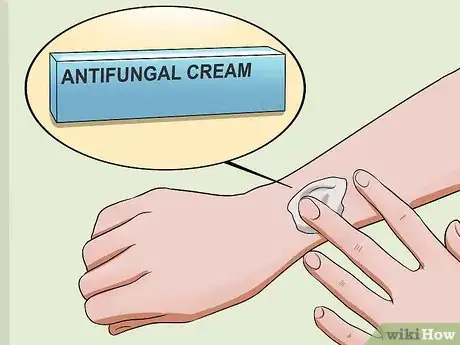
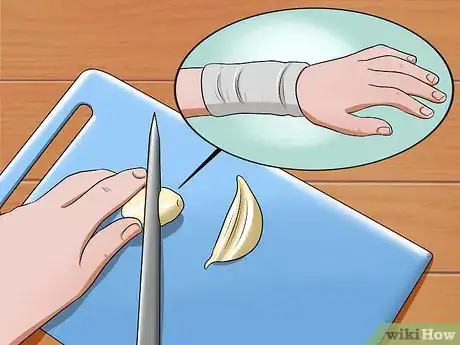
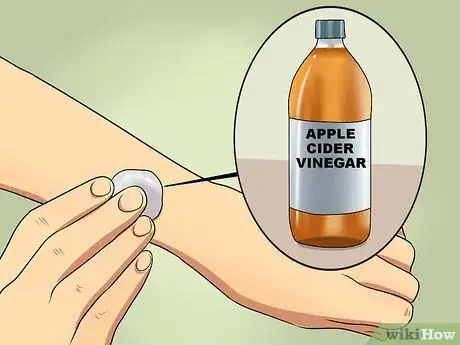
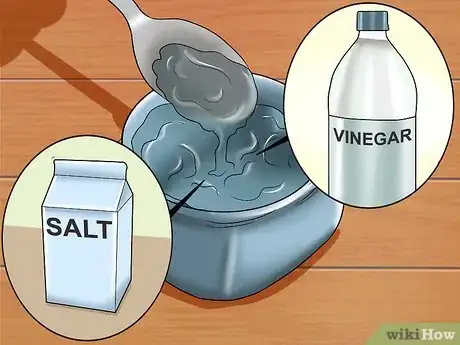
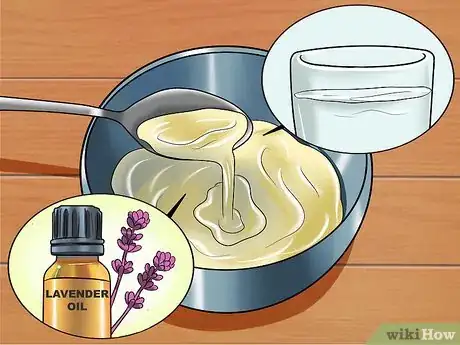

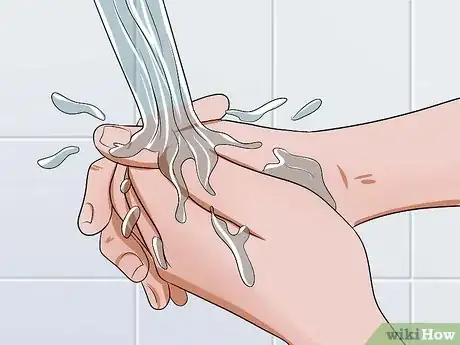
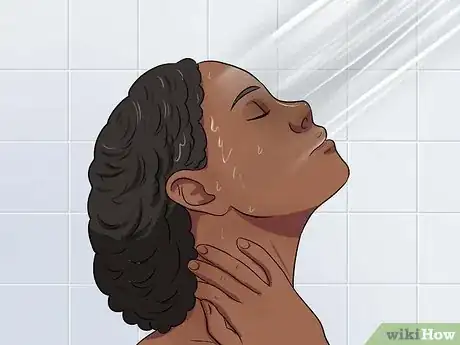
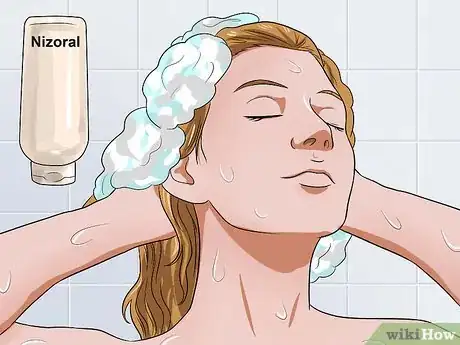
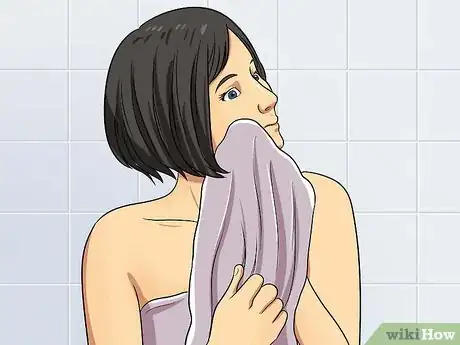
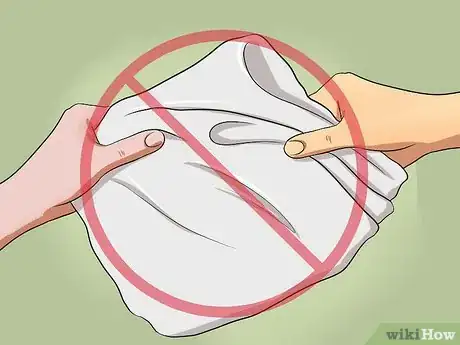

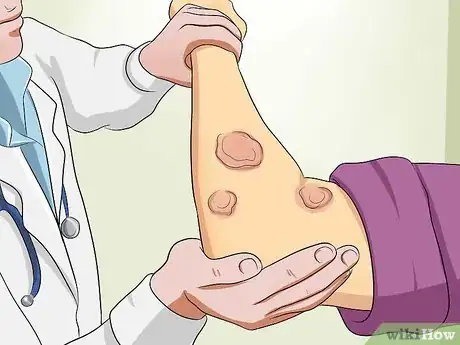
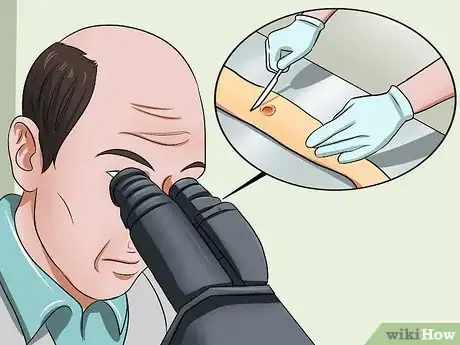

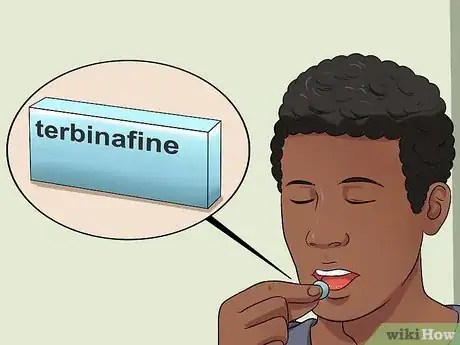


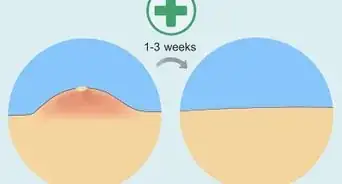



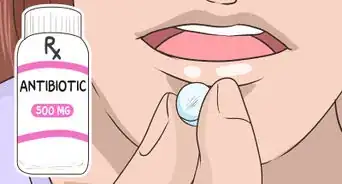
















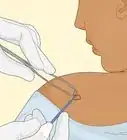
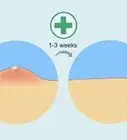
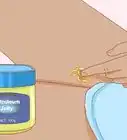



































Medical Disclaimer
The content of this article is not intended to be a substitute for professional medical advice, examination, diagnosis, or treatment. You should always contact your doctor or other qualified healthcare professional before starting, changing, or stopping any kind of health treatment.
Read More...